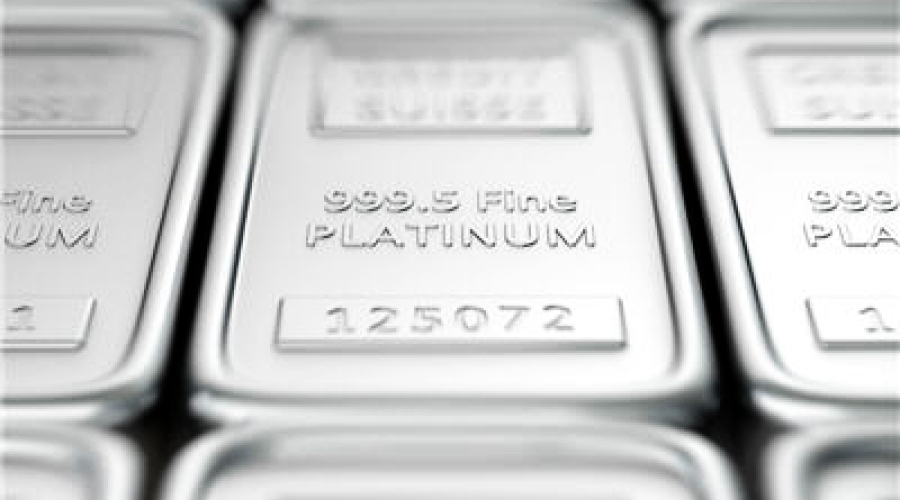Platinum giants bolster positions before wage talks begin

When the world’s biggest platinum miners sit down to hammer out a wage deal with one of South Africa’s most militant labor unions this week, they’ll hold two potentially winning cards in reserve: the cash and metal stockpiles to endure a strike.
Those buffers may prove crucial as Anglo American Platinum Ltd., Impala Platinum Holdings Ltd. and Sibanye Gold Ltd. meet with the Association of Mineworkers and Construction Union on successive days from July 9. While the producers will be conscious that AMCU led the country’s longest ever platinum mining strike in 2014, none can meet its demand for a pay increase of as much as 48% without undermining their businesses.
“Anglo has the balance sheet to withstand” a strike, plus its key operation is more mechanized, said Ben Davis, an analyst at Liberum Capital in London. “Impala and Sibanye are certainly the more exposed, but have the most to lose from large wage increases for the sustainability of their businesses.”

During the 2014 strike, stockpiles of metal concentrates held by the producers were nearly depleted. Should an amicable settlement prove elusive, much will depend on the length of any strike, said James Wellsted, a spokesman for Sibanye, the largest platinum miner. Sibanye has also shored up its cash position ahead of the negotiations, he said.
“We generally have stockpiles available for whenever there are operational disruptions but we can’t guarantee how long those will last in a strike situation,” Wellsted said. “Obviously we have to plan for the worst-case scenario.”
Meeting obligations
Last November, AMCU started a five-month wage strike at Sibanye’s gold mines. While the union was eventually forced to call off the action, the company was obliged to hold talks with lenders as it came close to breaching bank covenants.
Sibanye, Amplats and Implats all declined to comment on the size of their stockpiles of platinum-group metals.
“We don’t believe there is an appetite for a prolonged strike in the current economic climate,” said Jana Marais, spokeswoman for Amplats. “Nevertheless, we have measures in place to ensure we will be able to meet our obligations to our customers.”
Amplats, the most profitable producer, expects to triple first-half net income to at least 6.1 billion rand ($428 million). The company has also rebuilt its cash position, after selling or shutting down higher-cost mines.
Implats said it expects to return to profit in the 12 months ended June 30, after a reporting a loss in the year-earlier period.
Implats shares rose as much as 4.1% in Johannesburg, and the stock has doubled this year. Amplats has jumped 51% during the period and Sibanye rallied 61%.

While AMCU has said its demands are justified as higher palladium and rhodium prices boost company earnings, producers will warn that such a settlement would lead to job losses and mine closures. For some investors, a relatively peaceful strike might be preferable to high wage increases, which would prove costly if metal prices decline, said Peter Major, an analyst at Mergence Corporate Solutions Ltd.
A strike could cut platinum output by as much as 40,000 ounces to 45,000 ounces per week, according to Johnson Matthey Plc, a key maker of catalytic converters for the auto industry.
“A disruption is not nice, but it doesn’t make you go broke,” Major said. “Previously, there was pressure on companies to avoid a disruption at all costs because it was a great commodities boom. This is no more la-la land.”
(By Felix Njini)
More News
{{ commodity.name }}
{{ post.title }}
{{ post.date }}

Comments